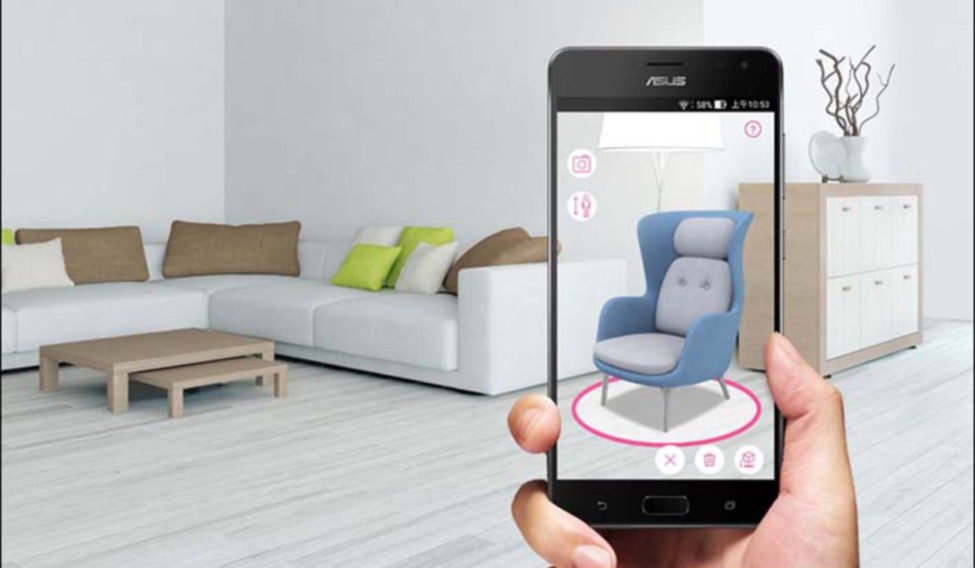When first launched, Virtual Reality—the computer simulation of 3-D imagery which immerses users—and Augmented Reality—enhancing the physical world with simulated sound, video and graphics—were out-of-reach options, requiring pricey, even cumbersome hardware. Remember Google Glass? Oculus? They never reached a mass market. It took the mobile phone to democratize these technologies.
Google's first attempt at grabbing the Augmented Reality market (always more sensible and practical than Virtual Reality) was called Tango. The challenge in bringing AR to a phone was two-fold: It had to track motion and gauge distance. Tango required phone makers to install a tricam system of three cameras for motion tracking in 3-dimensions. And to judge distances, it required an infra red laser to work with one of the cameras.
Other than Google's own Pixel, only one phone meeting these requirements reached India: The Asus Zenfone AR and for all the additional hardware, it set you back almost Rs 50,000.
In baseball terms, it was Strike One for Google. Like Google Glass a Tango-ready phone was too costly to be worth it.
The Apple challenge
In July this year, Apple fought back, unveiling its own AR kit for the iPhone—called , what else: ARKit. The huge advantage of this solution—which by the way is still in final development and not available on any Apple device—was that it did not call for fancy additional cameras and the like. Any device running iOS could host the AR features. This meant Apple in all likelihood will load ARKit onto the next iPhone 8 due to be launched on September 12.
That would have made a Tango-fueled Android phone seem so yesterday. So Google rushed out with the news yesterday, that it had a new AR solution for phones. It's called ARCore and surprise, surprise, like Apple's ARKit, it requires no additional hardware or software other than the current Android avatar!
ARCore versus ARKit
In many ways similar to ARKit, ARCore also works with Java/Open GL software. It promises three AR features: Motion tracking ( using the phone's existing rear camera to fix position), environmental understanding ( for example, detecting surfaces and edges) and light estimation ( ensuring that the virtual objects are lit exactly like the real ones in the field of view).
In sheer numbers, Android devices —about 2 billion world wide—vastly outnumber iOS devices—so provided phone makers take Google's ARCore development kit and incorporate the AR tools in their upcoming models, most of us can look forward to having AR as a default tool on our phones by next year. For starters, new Google Pixel Phones as well as Samsung's S8 handset will be AR-ready. The question is are you—AR-ready, that is?
This is a great tool but there is little you can do with it today except enhance games, make them more immersive and do a few practical things like placing furniture in your drawing room virtually and seeing if they fit before buying. Indian Android developers can be expected to come up with a lot more compelling apps in the coming months.






